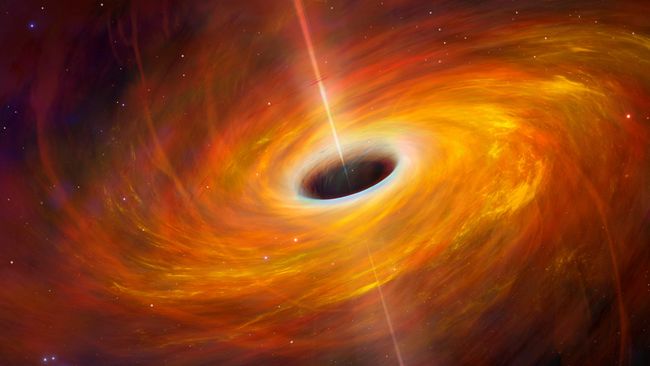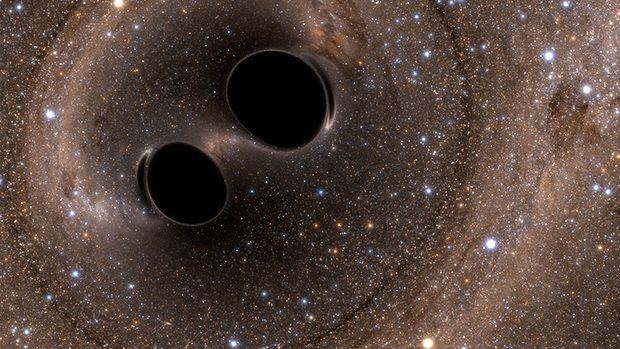We are already a step closer to analyzing what forces and where black holes merge in galactic centers.

So you believed how terrible your rush hour everyday! Cosmic internal surveying points to the presence of broken “traffic light” that are opened in almost all black hole collisions.
At the core of all galaxies of a primary size there are supermassive black holes that are about as huge as the galaxy surrounding them. This swirliness determines whether something is large, like galactic disks made of matter or small, like stars and stellar systems. Intriguingly, other black holes are affected by the rotation of particles around the black hole, albeit smaller stellar ones.
One would additionally presume that such behavior by supermassive black holes can introduce cosmic “traffic jams,” in which lanes might have to be installed to slow down the orbits of stellar-mass black holes. Hence, the speeding up is halted, which results in black holes holding to their orbits and may collide, fuse together, and form a daughter black hole of a larger size.
In the next step, featuring the immense gravitational presence of the main black hole, trash-creator supermassive black hole, having a mass million (even billion) times that of the sun, the process repeats. It follows that these mergers contribute even more to even bigger stellar-mass black holes (ones with masses between three and a few hundred solar masses) as they grow in time.
Further aside, all of this disclose the environment where supermassive black holes live in is the foremost circumstances for creating other black holes.
For some supermassive black holes, the disk of gas and dust (accretion disk) around them is being progressively dragged and fed to them. The supermassive black hole gravity deforms accretion disks (a region close to black hole) dramatically, creating powerful tidal forces; hence they shine brightly, being an Active Galactic Nuclei (AGN).
Research results revealing the impact congestion has on collisions are courtesy of a group of scientists who work in Monash University and who study dynamics of accretion disks as well as of black holes present inside them.
While the binary companions are the brightest objects within these disks, the gas surrounding interacting stellar-mass black holes can eventually move them through the disk. The scientists calculate that this causes the stellar-mass black holes to pile up in the regions of the ring under the influence of the gravitational pull they name “equivocation traps.” In these regions, the chance of two stellar mass black holes to collide, fundamentally interacting and merging is becomes vastly higher than in the areas surrounding the ellipse of rings.

A team leader and a researcher at Monash University School of Physics and Astronomy Evgeni Grishin incorporated the theory of traffic jams so that pieces of information which demarcate the busy intersections without a working traffic light on Earth in theory of migration traps for stellar-mass black holes around supermassive black holes are now more clear.
“It was checked how much and where would the traffic be uneven,” Grishin explained. With the thermal effects heating the water up, its density changes and almost always flows to the bottom of lakes, seas, or oceans where migration traps are formed. They are also directly affected by depth and the presence and type of stratification, therefore, they are not stable. The possibility is that as far as migration traps phenomenon is concerned we will not see it type in active galaxies where luminosity is high.
Firstly, by observing the end products of these mergers, we may uncover a lot about how two stellar-mass black holes come together, and the effect this process has on the larger spacetime. Secondly, if we discover gravitational waves in our observations, this could significantly advance the field of gravitational wave astronomy, when scientists try to accurately measure gravity by how it influences light and space-time.
“It works. We have taken another step towards the deciphering of where and in what form black holes have that merger,” Grishin finished by saying. “Gravitational wave astronomy and active galactic nuclei which both look set to be exceptionally useful techniques for the future.”
“According to this, it is presently quite hard to answer some substantial questions about the physics of the black holes and their immediate environments.”
The squad has published their study in the magazine ‘Monthly Notices of the Royal Astronomical Society.’
Do not forget to share your opinion with us to provide you with the best posts !



0 Comments